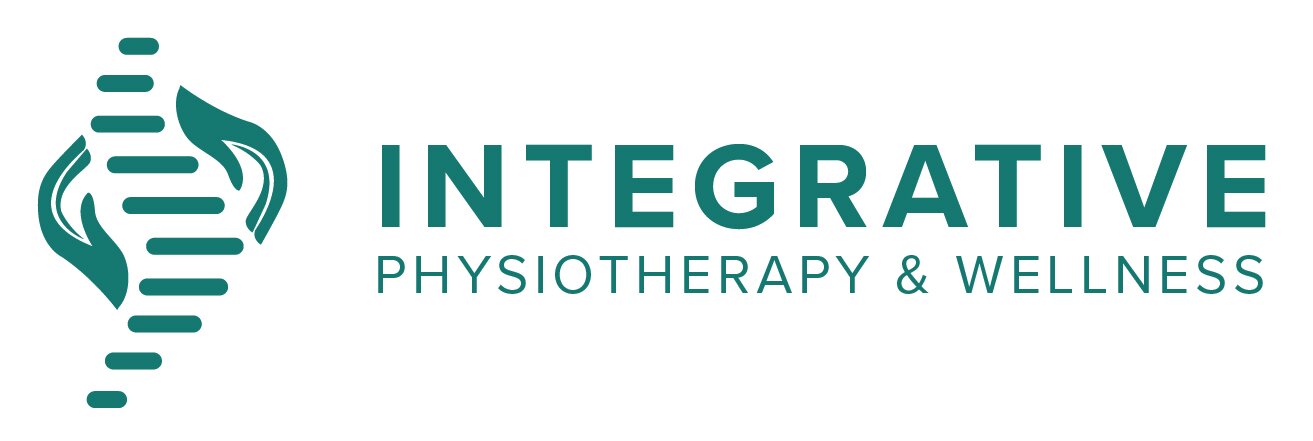What is Lymphedema?
The lymphatic system is where much of the body’s defense against disease and infection is located. It is made up of lymph fluid, lymph nodes, and lymph vessels.
Lymph Fluid- Contains white blood cells that help fight infection
Lymph Nodes- Work to block infection by filtering out toxins and germs
Lymph Vessels- These are the transit system that the lymph fluids travel along
When the lymph system is working well, it helps keep your body healthy. When the lymphatic system is faulty or has been damaged, fluid may collect in the tissues and this build-up can cause swelling or other indications that may be the early signs of Lyphadema.
TYPES OF LYMPHEDEMA
PRIMARY LYMPHEDEMA- Some people are born with a faulty lymphatic system, it can be genetic or may occur while the fetus is developing. Primary lymphedema is a lifelong condition with no known cure. Continues management and care to help the quality of life.
SECONDARY LYMPHEDEMA- Other people develop lymphedema due to an event that damages or blocks part of their lymphatic system, this would be called secondary lymphedema.
The most common cause of secondary lymphedema is the result of treatment for some
cancers (breast, cervical, prostate, and melanoma). Cancer surgery may remove or damage lymph vessels and nodes. Radiation therapy for cancer may also cause lymph vessel and node damage. Other causes of damage to the lymphatic system include trauma caused by an accident, injury, or burn.
WHO IS AT RISK?
Secondary lymphedema can be prevented or delayed by knowing your risk factors, taking daily steps to reduce your risk, and being aware of the early signs and symptoms. Some common risk factors that increase your likelihood of developing secondary lymphedema are;
Cancer patients/survivors
Surgical procedures/radiation that involves lymph nodes
Accident or injury
Suffered major burn
Some of the ways you can reduce your risk of secondary lymphoma;
Take care of your skin, limit points of entry of germs and infection
Maintain a healthy weight
Daily deep breathing and exercises, get blood pumping and lymph flowing
Inform your healthcare provider if you are at risk when getting bloodwork, blood pressure, or injections done
Some early signs of lymphedema;
A full or heavy feeling in the affected area
Numb, achy, or stiff feeling in the affected area
A feeling of tightness in the skin
Less movement or flexibility in the affected area
Trouble fitting into clothing, jewelry, or shoes of the affected area
Unusual swelling in the affected area
TREATMENT AND THERAPY
If you think you may have early signs of lymphedema, contact your family Dr or health care team. Early detection and diagnosis can help provide the best treatment to manage and prevent it from worsening. Some common lymphedema therapies can include;
A manual lymph drainage is a special form of massage that redirects lymph flow
Compression therapy is the use of compression garments to control swelling
Education, to learn best how to manage
Exercise will help promote lymphatic flow
Skincare, to prevent infection
There are many other treatment options such as pneumatic compression, laser therapy, Kinesio taping, surgery, and medications. The goal of therapy is to reduce swelling, manage the lymphedema, and reduce the risk of it getting worse. Lymphedema therapies are always provided by a certified lymphedema therapist. This may be a physiotherapist, occupational therapist, nurse, doctor, or registered massage therapist.
Information provided by www.lymphontario.ca

